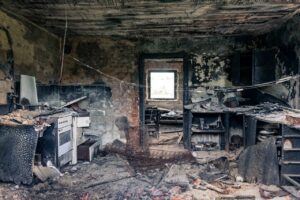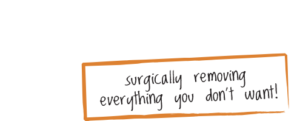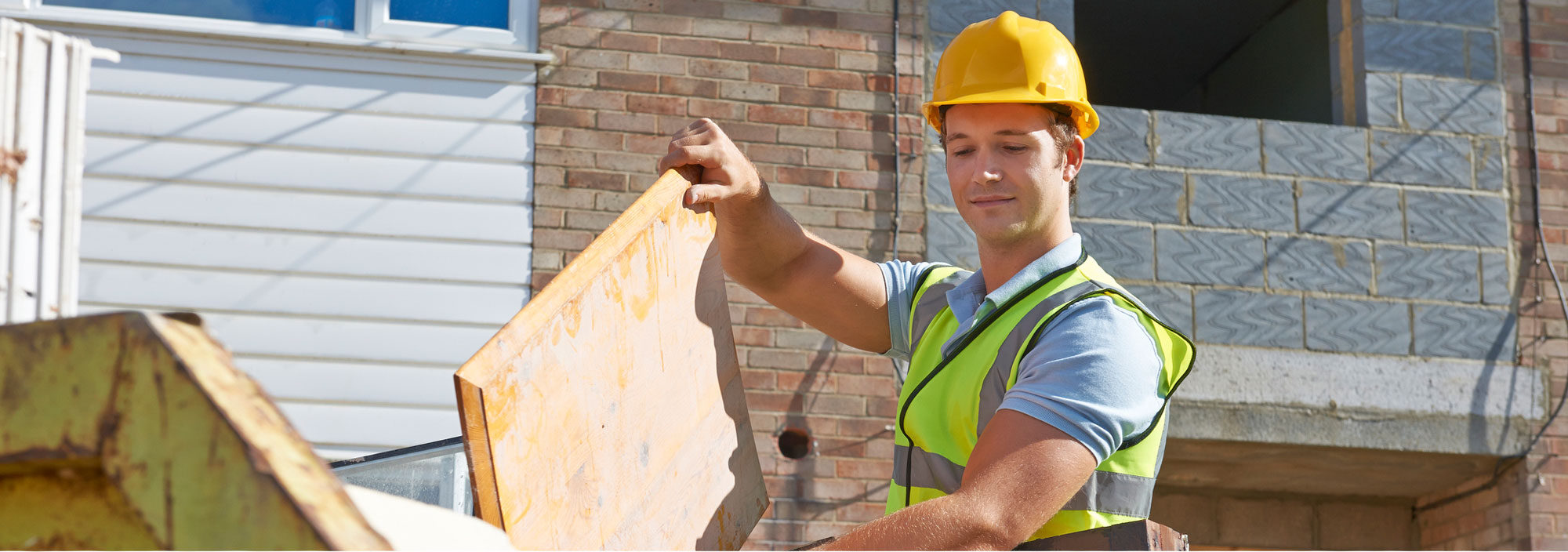Managing Junk After a Fire: A Step-by-Step Guide

Dealing with the aftermath of a fire can be tough. It leaves behind damaged items and debris that need to be handled carefully. Restoring your home becomes easier when you follow a clear plan to manage the junk left behind. Prioritizing your safety and understanding the extent of the damage are the first steps in tackling the situation effectively.
Once it’s safe to enter the premises, focus on identifying items that can be salvaged. It’s important to assess which belongings hold sentimental or practical value. This helps in making informed decisions about what to keep and what to discard. Careful evaluation ensures you’re not throwing away anything that can be saved or reused.
After sorting through items, consider how to dispose of damaged materials responsibly. Exploring eco-friendly recycling options allows you to reduce environmental impact. With a bit of planning and effort, you can clean up efficiently and set the stage for rebuilding and restoring your space.
Ensuring Safety and Assessing Fire Damage
Safety comes first when dealing with the aftermath of a fire. Before entering the building, make sure it’s structurally sound and free from hazards like lingering hot spots or weakened areas. It’s crucial to wear protective gear such as gloves, masks, and sturdy footwear to fend off soot, ash, and other harmful residues that might linger in the air or on surfaces.
Once safe, you need to assess the extent of the damage. Take a systematic approach by walking through each room, noting areas that are heavily impacted versus places that are relatively untouched. This helps you prioritize clean-up efforts and decide where to start the restoration process.
Record your observations, as they can help guide repair priorities and insurance claims. This detailed assessment gives you a clear picture of what needs immediate attention and helps prevent further damage during clean-up. With safety and initial assessment in place, you can proceed to address the affected possessions.
Salvaging Possessions and Recognizing Losses
After evaluating the area, the next step is sorting through your belongings. Identify items that can be saved with cleaning or repair, and acknowledge those that have been lost to the flames. Focus on items which hold sentimental value or utility, like family heirlooms, important documents, and functional furniture.
Begin by sorting items into categories:
– Items to Salvage: Objects that can be cleaned or repaired
– Items Beyond Repair: Possessions damaged beyond restoration
– Unsure: Items that require expert evaluation
For salvageable goods, swift action is crucial. Items like metal and ceramics often fare better against fire’s impact and can be cleaned with the right products. Professional cleaning services might be required for valuable or delicate items, ensuring thorough restoration.
Accepting losses is hard but necessary. Prioritize what you can salvage, allowing yourself to focus on positive steps forward. By effectively managing your possessions after a fire, you begin to regain control and set the stage for rebuilding. With a clear plan, you can manage your losses while maximizing what can be restored.
Efficient Disposal and Eco-Friendly Recycling
Once you have sorted your possessions, it’s time to dispose of the damaged items responsibly. Efficient disposal ensures that debris is removed quickly, allowing you to focus on rebuilding. Start by categorizing the junk into different types, such as metals, plastics, electronics, and general waste. This helps identify what can be recycled versus what must be thrown away.
Proper disposal requires understanding local waste regulations. Many communities offer special facilities or collection days dedicated to fire-related debris. Electronics and appliances often contain materials that shouldn’t go into regular waste streams due to environmental concerns.
Recycling plays a significant role in reducing landfill waste and promoting sustainability. By engaging in eco-friendly practices, you not only help the environment but also make your clean-up process smoother. Removing junk efficiently frees up your space, allowing for a fresh start without the burden of clutter.
Cleaning Up and Preparing for Restoration
With junk out of the way, focus on cleaning and preparing your home for restoration. Cleaning removes soot, odours, and toxins, creating a safe environment for repairs. Start with ventilating your home to disperse smoke odours and airborne particles. Use fans and open windows to let fresh air circulate.
Clean surfaces such as walls, floors, and ceilings to get rid of soot and ash. Employ special cleaning agents designed for fire residue. Engage professional cleaning services if needed, especially for extensive damage or hard-to-clean items.
Prepare for restoration by addressing any structural repairs. This might include fixing walls, ceilings, or floors that have sustained damage. Restore or replace insulation and other materials compromised by fire or water. Be sure areas are structurally sound before moving forward with additional renovations.
By ensuring thorough clean-up and careful preparation, you set the stage for a successful restoration, bringing your home back into a welcoming, functional space.
Conclusion
Managing the aftermath of a fire involves several critical steps to safely and effectively handle damaged items and prepare for rebuilding. By prioritizing safety, assessing damage realistically, and using eco-friendly disposal methods, you reclaim your space efficiently. Comprehensive clean-up and restoration planning help you transition smoothly from disaster to normalcy, reinforcing both the integrity and comfort of your home.
Need assistance with post-fire junk removal in Ottawa? Dr. Waste offers expert services tailored to your needs, ensuring safe disposal and efficient site clean-up. We’re committed to restoring your space while keeping environmental impact minimal. Contact us today to learn how we can simplify your journey to recovery.

